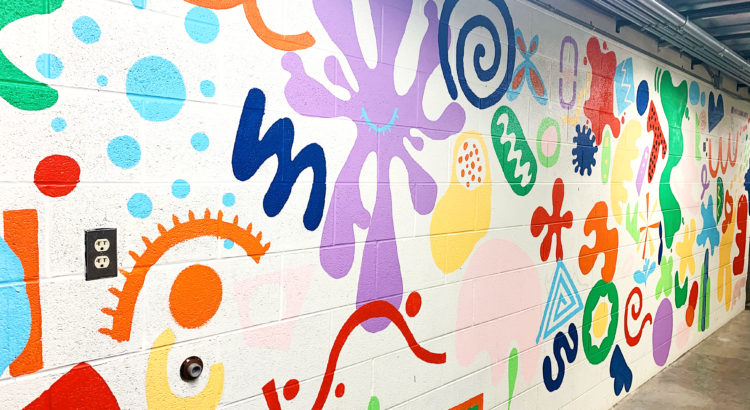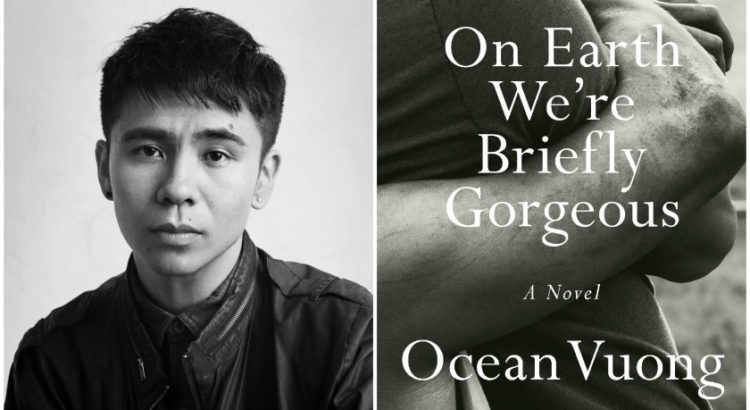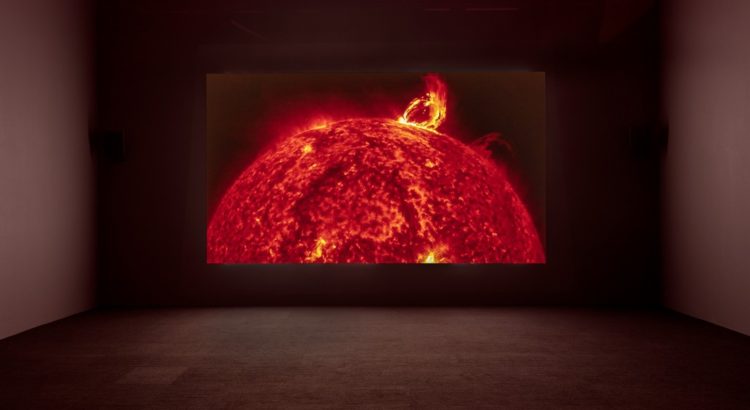I recently sat down with Yuki Obayashi, a junior pursuing a BFA in Art & Design here at Michigan, to hear what she had to say about her own work and art as a whole.
Valerie: Hi Yuki, can you tell me about yourself and how you became an artist?
Yuki: I was first introduced to art by my family. My mom was always really handy, and did every craft with a needle and thread. My sister was always painting and drawing. I used to watch drawing videos as a hobby, but in middle school I realized I really enjoyed it. People asked me to make things, and in high school, I took an art class and realized I wanted to keep [making art].
V: Wow, you come from a very artsy family. Where are you from?
Y: I was born in Novi. I lived my whole life in Michigan and I go to Traverse City every summer, so Michigan is always close to my heart. I also identify as Japanese American.
V: Cool! How do you define art and your place within it?
Y: There’s no real definition. Even though it’s cliche, anything can be art. It’s more a state of mind–it belongs to everyone, so I’m part of this larger thing. I’m not sure I have a specific place in it so I’m just happy to be there.
V: That’s an interesting point of view. I think you are definitely an artist within the sphere of art. Now, who influences your art?
Y: In the beginning, it was definitely my sister–she had a beautiful way of portraying things. I would see all of her high school paintings and artwork and it really resonated with me. I wanted to be able to say things in that kind of way. Now, I’m really influenced by designers like Paula Scher, Jessica Walsh, Michael Bierut–they are not quick to define things.
V: Yeah, I like them too! [Paula and Michael] are partners at Pentagram. I really like their work. Speaking of work, what is one of your favorite projects that you’ve done?
Y: I’m never really proud of the stuff I’ve done because I always look back and think about the other things I could have done. I like painting the murals [LiveinColor] is doing. We do so many, so I’m constantly having my mind opened because many different painters come in with what they want to put on the walls. Sometimes at first I’m narrow minded but seeing the final work makes me realize that I come out a slightly different person. So I wouldn’t say there’s one piece of work I’m most proud of
V: I hope you’re proud of your work, it’s so good! I’ve never had anyone give me an answer like that before; you’re very insightful.
V: In your work, what do you care about?
Y: I realized that within my work I care about the process itself and idea formulation. The end product can be anything, but it will only be successful if there’s a clear intention. I care about people who are willing to do things that aren’t conventionally seen as beautiful–there’s so much intelligence behind it and i really admire people who do that. I hope to pursue similar ways of thinking in my own design.
V: Everything you say is so eloquent. I think that emphasis on process is really important, and I’m trying to get better at that too. So where do you see yourself going in the future?
Y: I think my state of mind is going to be the same. I’m going to be painting or designing, but I’m still going to question myself. I always want to take risks and be more open to them.
V: Nicely said. Thank you so much for speaking with me!





















